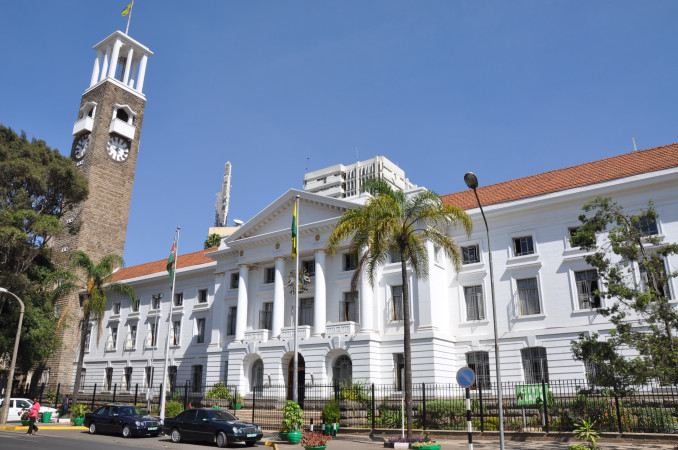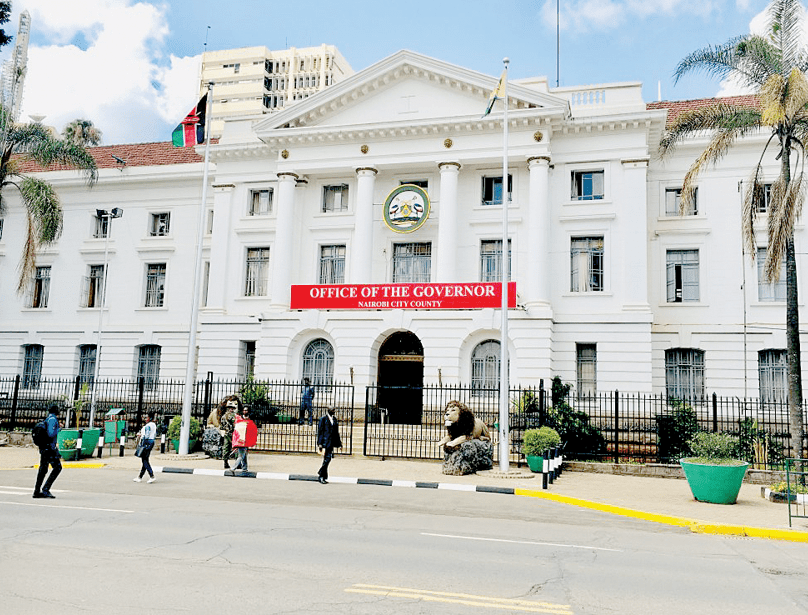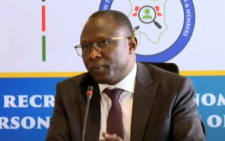Nairobi must fix its waste management problems

Nairobi County has a significant refuse collection crisis.
As the new administration moves fast in giving residents quick gains by fixing challenges the city has been experiencing in the past, success will ultimately depend on how it manages the issue of solid waste.
Provision of waste management system should not only be focused on the central business district and its neighbourhood but should extend to middle-income and low-income areas where the crisis is even more monumental.
Lamentably, there is explosion of solid waste in Nairobi with mounds of garbage strewn everywhere. There are only about 20 trucks servicing 85 wards in the city with a population of the 4.4 million.
Waste dumpsite have become the norm, particularly in high density suburbs that cannot afford the private refuse collection services. To bridge the existing gap, county government should find affordable and sustainable way of partnering with private sector, to collect garbage, especially in densely populated areas.
Nairobi has over the years grappled with waste management that although it appears overwhelming, the problem can be fixed by embracing modern technology of dealing with waste, which populated cities world over use.
All it needs is a focused attention, good governance and implementation of systems that ensure changes outlive just one administration – dismantle cartels that have over the years made waste management a behind the scene thriving business.
It should also implement a financial management plan where private citizens can openly participate in the sector. This would require a strong waste management policy backed by a legal and institutional framework that would ensure safety in handling the waste and create room for more accountability.
According to the United Nations Human Settlements Programme reports, Nairobi City by-laws exhibit many limitations, their enforcement is either lacking or weak, and the organisational capacities are inadequate, and service structures suffer from chronically underfunding, with too few vehicles, poor equipment, and inadequate maintenance. And there are hardly any containment systems for waste before transportation and disposal sites are unsecured, unmanned and in some cases non-existent. City today is choked with solid waste and county government’s efforts to address the crisis have been unsuccessful because the government and partners have not embraced a holistic approach.
More than 3,000 tonnes of solid waste is generated in Nairobi daily. However, the daily collection is slightly over 2,000 tonnes. The manner in which we handle this waste is associated with health risks to city dwellers who are likely to spend a lot of resources on treating diseases that can be addressed if the right waste management and public health measures were in place. To overcome solid waste management, there are a wide range of requirements and suggested solutions, which include creation of incentives, private sector engagement, community participation, education and awareness, proper waste collection procedures and disposal sites among others.
For example, promises to remove Dandora dumpsite to a location far on the edge of the county and away from the people, or turn it into a recycling plant have not materialised. The defunct Nairobi Metropolitan Services and KenGen had signed a deal that was expected to see the latter establish a garbage powered electricity plant at the Dandora dumpsite. This followed a previous failed attempt of Management Energy Generation Project between a German company Strabag and Nairobi County.
There is a need to fast-track implementation of the solid waste management master plan, which assessed the waste management problem of Nairobi and developed projects that could be implemented to ensure a sustainable system was in place.
— The writer is a Public Policy Analyst











